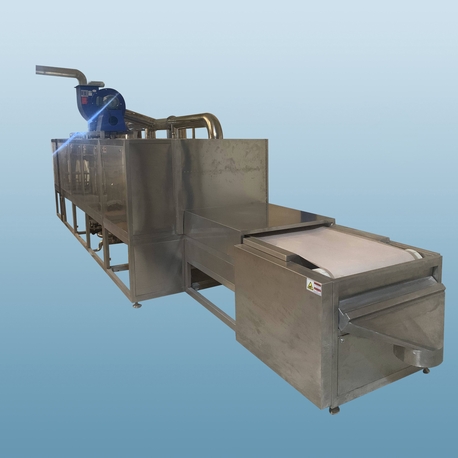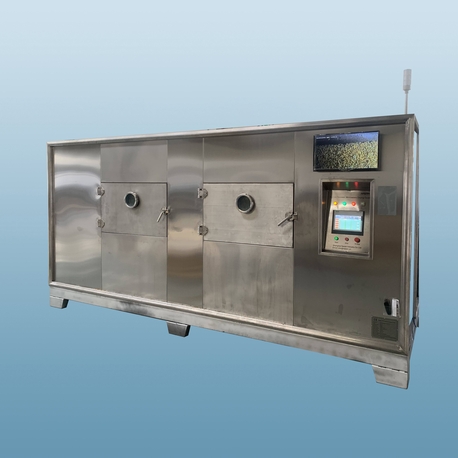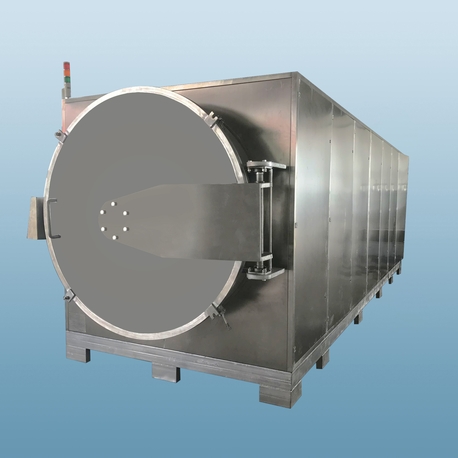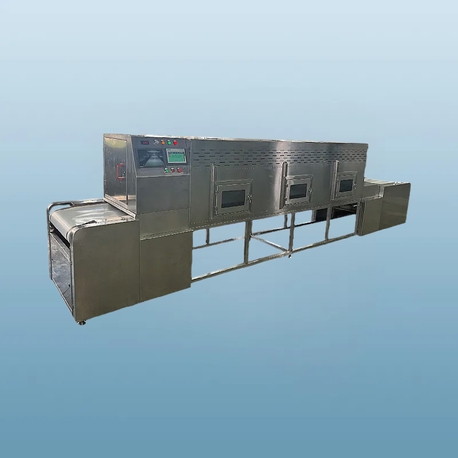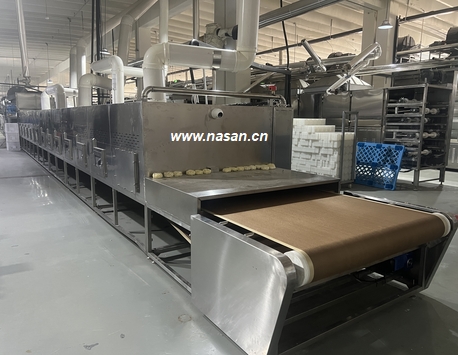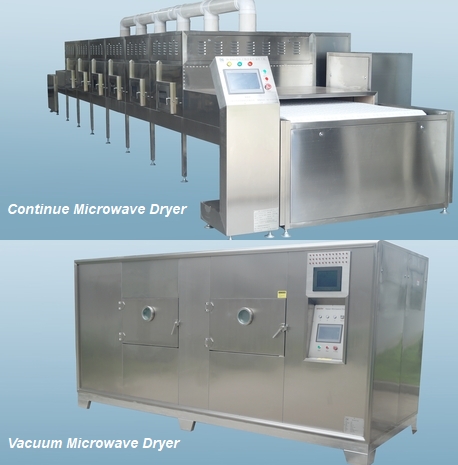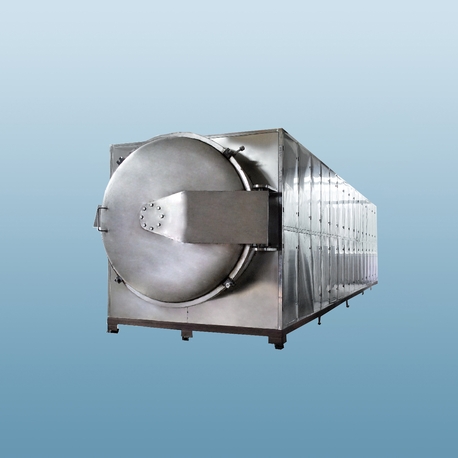In the landscape of industrial processing, the efficient removal of moisture is a critical step that impacts everything from product quality and shelf life to production efficiency and cost. Among the various drying technologies available, the vacuum dryer stands out for its ability to gently and effectively process heat-sensitive, oxidizable, or complex materials. Whether you are in the pharmaceutical, chemical, or food industry, understanding the intricacies of this technology is essential. This article serves as a comprehensive resource, delving into the key aspects you need to consider. We will explore the leading vacuum dryer manufacturers, analyze the factors influencing vacuum dryer price, examine the current market for an industrial vacuum dryer for sale, and demystify the core principles of vacuum drying technology. Furthermore, we will address common operational challenges to help you make an informed decision.

Understanding Vacuum Drying Technology: The Core Principles
At its heart, vacuum drying technology is elegantly simple yet profoundly effective. It operates on a fundamental principle: by reducing the pressure within a sealed chamber, the boiling point of water (or other solvents) is significantly lowered. This means that drying can occur at much lower temperatures compared to conventional atmospheric drying methods.
Imagine trying to dry a delicate herbal extract. In a standard oven, high temperatures might degrade its active compounds, destroy its color, or alter its flavor. A vacuum dryer, however, can remove the moisture at a temperature as low as 30-40°C (86-104°F), preserving the material's essential properties. The process involves three key elements:
Reduced Pressure (Vacuum): A vacuum pump removes air and other non-condensable gases from the drying chamber. This creates a low-pressure environment.
Controlled Heat Application: Gentle, indirect heat is applied to the material, typically through heated shelves or a jacketed walls. The heat provides the necessary energy for the moisture to evaporate.
Vapor Removal: The evaporated solvent (now a vapor) is drawn out of the chamber by the vacuum system and is usually condensed back into a liquid in a separate condenser for easy disposal or recovery.
This combination makes vacuum drying technology ideal for a wide range of applications, including drying pharmaceuticals, fine chemicals, heat-sensitive food products, and electronic components.
A Guide to Key Vacuum Dryer Manufacturers
The market for industrial drying equipment is populated by a diverse range of vacuum dryer manufacturers, each with its own specialties, reputation, and global reach. Choosing the right manufacturer is as crucial as selecting the right type of dryer. Here’s a look at some of the key players and what to consider:
Established Global Leaders: Companies like GEA Group (Germany), SPX FLOW (including brands like Wyssmont), and BÜCHI Labortechnik (Switzerland) are renowned for their high-quality, robust, and often highly automated systems. They typically cater to heavily regulated industries like pharmaceuticals and biotechnology, offering equipment that complies with strict standards like cGMP (current Good Manufacturing Practices). While their vacuum dryer price point may be at the higher end, it often reflects superior engineering, reliability, and comprehensive after-sales support.
Specialized and Niche Manufacturers: Some vacuum dryer manufacturers focus on specific industries or types of dryers. For instance, companies like Kurimoto (Japan) excel in certain conical screw vacuum dryer designs, while others might specialize in vacuum freeze dryers for the food industry. These manufacturers often provide deep application expertise and highly customized solutions.
Regional and Cost-Competitive Suppliers: There is a significant number of vacuum dryer manufacturers, particularly in Asia, that offer more cost-effective solutions. These can be an excellent option for standard applications where the utmost level of automation or regulatory documentation is not the primary concern. It is vital, however, to conduct thorough due diligence on the quality of materials, manufacturing standards, and availability of spare parts and service.
When evaluating vacuum dryer manufacturers, key factors to assess include their experience in your specific industry, the availability of test facilities for your material, their service and support network, and the robustness of their quality management system.
Analyzing the Factors That Influence Vacuum Dryer Price
The question of "how much does a vacuum dryer price?" does not have a simple answer. The cost can range from tens of thousands of dollars for a small laboratory unit to several hundred thousand or even millions for a large, fully customized industrial system. The final vacuum dryer price is determined by a confluence of factors:
Size and Capacity: This is the most obvious factor. The volume of the drying chamber directly correlates with the cost. A small 50-liter laboratory vacuum dryer will be vastly less expensive than a 5000-liter production-scale unit.
Construction Materials: The material of construction is a major cost driver. Standard stainless steel (SS 304) is common, but for corrosive materials or applications requiring high purity (e.g., pharmaceuticals, high-purity chemicals), more expensive grades like SS 316L or even exotic alloys may be required, significantly increasing the vacuum dryer price.
Level of Automation: A basic manually operated dryer is relatively affordable. However, most modern industrial systems feature Programmable Logic Controller (PLC) systems with touch-screen interfaces, data logging, and recipe management. The complexity of the automation and the level of compliance with regulatory standards (e.g., 21 CFR Part 11 for pharmaceuticals) can add substantially to the cost.
Type of Vacuum Dryer: There are several designs within the category of vacuum dryers, each with different price points. Common types include:
Vacuum Tray Dryers: Often used for batch processing of solids, powders, and pastes.
Conical Vacuum Dryers: Excellent for mixing and drying simultaneously, ideal for powders.
Vacuum Freeze Dryers (Lyophilizers): A more complex and expensive technology that involves freezing the product and then sublimating the ice under vacuum.
Ancillary Equipment: The vacuum dryer price often quoted may be for the main unit only. The cost of the vacuum pump (oil-sealed vs. dry screw), condenser, and other auxiliary systems must be factored into the total investment.
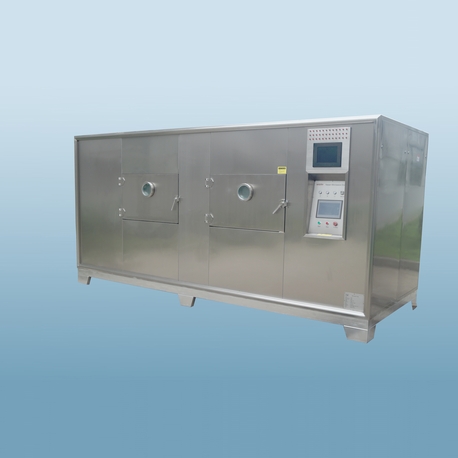
Finding an Industrial Vacuum Dryer for Sale: Market Options
When your project reaches the procurement stage, you will typically find an industrial vacuum dryer for sale through several channels:
Direct from Manufacturers: The most straightforward approach is to contact vacuum dryer manufacturers directly. They can provide tailored quotations, technical specifications, and often arrange for product testing. This is the best route for new, custom-designed equipment.
Authorized Distributors and Representatives: Many large manufacturers work through a network of local distributors. This can be beneficial for localized sales and service support.
Used and Reconditioned Equipment Dealers: The market for a used industrial vacuum dryer for sale is active and can offer significant cost savings. This can be an attractive option for pilot plants, startups, or for processes where the latest automation is not critical. However, it is essential to inspect the equipment thoroughly for wear and tear, verify its history, and ensure that spare parts are still available.
Online Industrial Marketplaces: Websites like eBay, EquipNet, and IndustrySurplus list both new and used equipment. While they offer a wide selection, due diligence is paramount when purchasing from an unknown seller.
Regardless of the source, always request a Certificate of Compliance and ensure the equipment meets your local safety and operational standards.
Common Challenges and Problems with Vacuum Dryers
Even with advanced vacuum drying technology, operators can encounter issues. Being aware of these common problems can help in troubleshooting and prevention:
Inadequate Drying or Long Cycle Times: This is a frequent complaint. Causes can include:
Insufficient Vacuum Level: A faulty vacuum pump, leaks in the system, or a clogged filter can prevent the chamber from reaching the necessary low pressure.
Improper Heat Transfer: If the material is not in good contact with the heated surfaces (e.g., overfilled trays), heat cannot be efficiently transferred.
Material Characteristics: Some materials form a hard, crusty surface (case-hardening) that traps moisture inside.
Contamination of the Product: This can occur from oil backstreaming from an oil-sealed vacuum pump, corrosion of internal parts, or improper cleaning between batches. Using a dry vacuum pump or a properly maintained oil mist filter can mitigate oil-related contamination.
Vacuum Pump Issues: The vacuum pump is the heart of the system. Common problems include oil carryover, overheating, and loss of ultimate vacuum. Regular maintenance as per the manufacturer's schedule is critical.
Condenser Problems: If the condenser is unable to effectively trap the solvents being removed, they can end up in the vacuum pump, damaging it. Ensuring the condenser temperature is low enough and that it is not overloaded is key.
Safety Concerns: Operating under vacuum presents unique hazards. Implosion risk is a concern if the vessel is not designed or maintained properly. Proper training on lockout/tagout procedures for maintenance is essential.
The Future of Vacuum Drying Technology
Vacuum drying technology continues to evolve. Future trends are focused on enhancing efficiency, control, and sustainability. We are seeing increased integration of Industry 4.0 principles, with dryers featuring IoT sensors for predictive maintenance and real-time optimization of drying cycles based on product parameters. Energy efficiency is also a major driver, with designs that recover heat from the condenser or use more efficient heating methods. Furthermore, the development of smaller, more flexible systems allows for continuous vacuum drying, moving beyond traditional batch processing to meet the demands of modern continuous manufacturing lines.
Selecting the right vacuum dryer is a significant investment that requires careful consideration of your product's needs, production capacity, and budget. From evaluating reputable vacuum dryer manufacturers and understanding the variables behind the vacuum dryer price to navigating the market for an industrial vacuum dryer for sale, a methodical approach is key. A deep appreciation of the underlying vacuum drying technology will empower you to ask the right questions and avoid common operational pitfalls. By thoroughly assessing these factors, you can implement a drying solution that ensures product quality, operational efficiency, and a strong return on investment for years to come.


